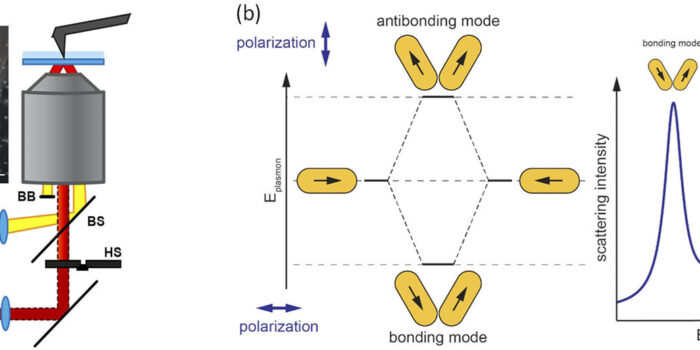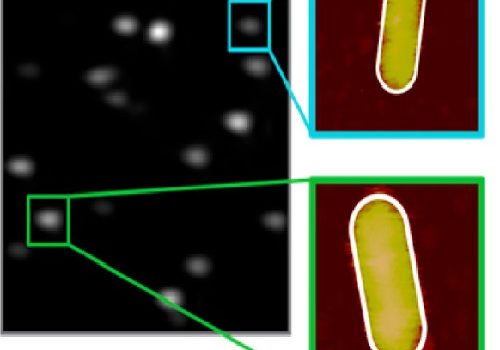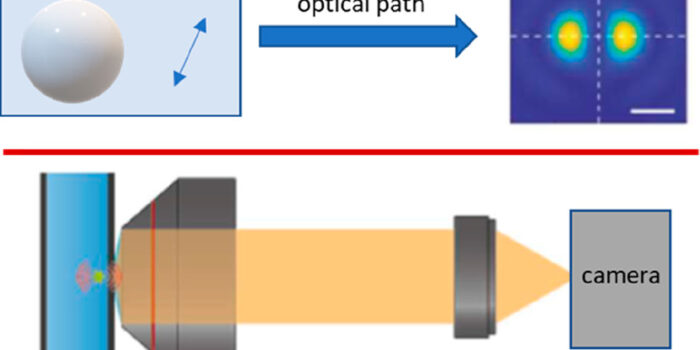Tip-Specific Functionalization of Gold Nanorods for Plasmonic Biosensing: Effect of Linker Chain Length
Pedro M. R. Paulo, Peter Zijlstra, Michel Orrit, Emilio Garcia-Fernandez, Tamara C. S. Pace, Ana S. Viana, and Sílvia M. B. Costa
Langmuir, 2017, 33 (26), pp 6503–6510

Gold nanorods are promising platforms for label-free biosensing. We have functionalized gold nanorods with biotin thiol linkers of increasing chain length and evaluated their ability in the molecular detection of streptavidin. We have found an unexpected effect of the increase in linker length, which resulted in a substantial improvement of the plasmon response at surface saturation. The plasmon peak shift increased from 5 to 14 nm, i.e., more than twice the response, between the short and long biotin linkers. This effect is observed only for site-selective tip functionalization, whereas for a full biotin coating there is no improvement observed with the linker length. The improved plasmon response for tip functionalization is attributed to low biotin coverage but is directed to the most sensitive regions, which, combined with a longer chain linker, reduces the steric hindrance for streptavidin binding on the rod’s surface. The model sensors were further characterized by measuring their dose–response curves and binding kinetic assays. Simulations of the discrete dipole approximation give theoretical plasmon shifts that compare well with the experimental ones for the long linker but not with those of the short linker, thus suggesting that steric hindrance affects the latter. Our results highlight the importance of specifically functionalizing the plasmonic hot spots in nanoparticle sensors with the adequate density of receptors in order to maximize their response.
Related Articles
DOI link: https://aip.scitation.org/doi/10.1063/5.0055135 Michael A. Beuwer, Peter Zijlstra* Single metallic particles and dimers of nanospheres have been used extensively for sensing, but dimers of particles provide attractive advantages because they...
Spatially Resolved Sensitivity of Single-Particle Plasmon Sensors Michael A. Beuwer, Bas van Hoof, and Peter Zijlstra DOI:10.1021/acs.jpcc.8b00849 The high sensitivity of localized surface plasmon resonance sensors to the local refractive...
Frank Bloksma, Peter Zijlstra* DOI link: https://pubs.acs.org/doi/abs/10.1021/acs.jpcc.1c06665 Colloidal plasmonic materials are increasingly used in biosensing and catalysis, which has sparked the use of super-resolution localization microscopy to visualize processes at...




